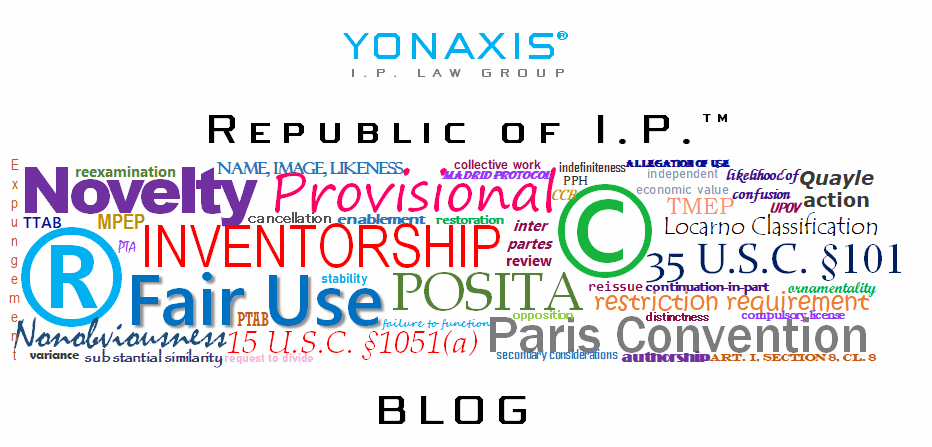Copyright law broadly protects creative works and the human endeavors required to create an original work of authorship. However, creativity should not be confused with utility. A dictionary definition for “creativity” is “ability to make or otherwise bring into existence something new.” A definition for “utility” is “the quality or state of being useful.” A legal definition, from the U.S. Copyright Office, “to quality for copyright protection, a work must be original to the author,” which means the work must be “independently created by the author” and possess “at least some minimal degree of creativity.”1
As a legal matter, copyright law’s useful articles doctrine as a practical matter acts as the territorial limits between what is copyrightable and what is patentable (i.e., “utilitarian” or useful articles), which falls under patent law. The Copyright Act defines “useful articles” as “an article having an intrinsic utilitarian function that is not merely to portray the appearance of the article or to convey information.”2
A recent case illustrates this doctrine. In Lego A/S v. Zuru Inc.,3 the two toy manufacturers battled it out in a long-running copyright (and trademark) infringement suit. (The trademark infringement claim was dismissed early in the case.) The dispute revolves around whether Zuru’s Third Generation toy figurines infringed Lego’s Minifigures’ copyrights. The district court held that Zuru infringed Lego’s copyright and trademark registrations.

However, the Second Circuit for the Court of Appeals, sitting in New York, disagreed in its order. The panel found that there were critical errors made by the district court, namely, that the district court neglected to extract the “unprotectable elements of the Lego Minifigure toys, and ask whether the protectible elements, by themselves, could be subjected to the substantial similarity test, and therefore, constitute copyright infringement. The district court failed to remove any utilitarian, or useful, elements of the toy figures, and only analyze the copyright infringement claim based on only those elements that fell under copyright law. Zuru had argued another theory under copyright law, namely, the idea/expression dichotomy, by claiming Lego could not claim copyright protection over a mere idea, or a toy figurine. The appellate panel observed that still another legal doctrine may prevent Lego’s protection of its Minifigure, the utility requirement, which is a product under patent law.4 The case was remanded back to the district court for resolution of underlying usefulness of the Lego Minifigures and upon that, analysis of whether Zuru’s Third Generation toy figurines were substantially similar to whatever copyrightable elements of Lego’s toys remained.
It should be noted the useful articles doctrine’s corollary under trademark law is the functionality doctrine.
Takeaways
- Copyright law protects all original, creative works of authorship;
- The useful articles doctrine under copyright law prevents useful or utilitarian objects from copyright protection;
- If an otherwise creative work contains utilitarian elements, the utility requirement mandates it will need to be protected under patent law.
For more questions on the useful articles doctrine, copyright law, and any related doctrines in trademark and patent law, please contact Yonaxis I.P. Law Group.
- See Feist Publications, Inc. v. Rural Telephone Service Co., 499 U.S. 340, 345 (1991). ↩︎
- 17 U.S.C. §101. ↩︎
- Lego A/S v. Zuru Inc., Case No. 24-634-cv, Summary Order (2d Cir. Mar. 26, 2025) ↩︎
- 35 U.S.C. §101 (“Whoever invents or discovers any new and useful process, machine, manufacture, or composition of matter, or any new and useful improvement thereof, may obtain a patent therefor”). ↩︎

